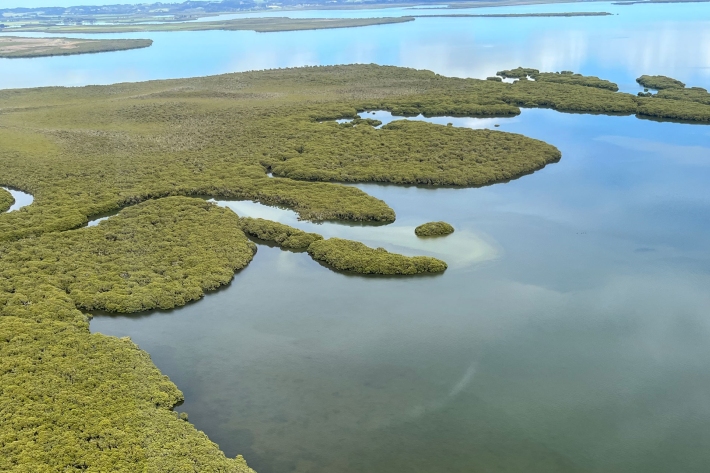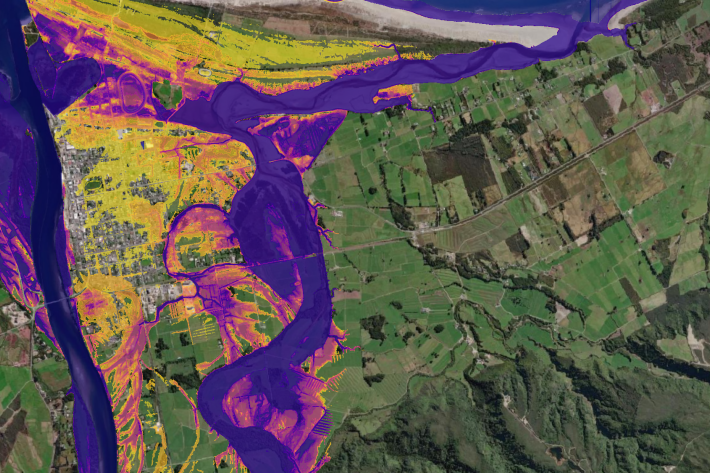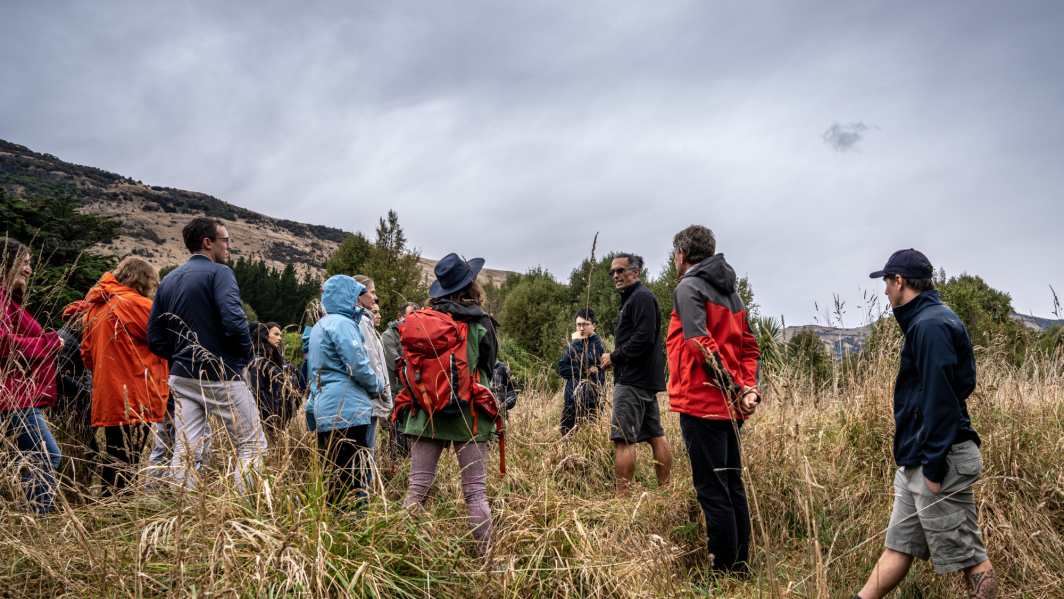-

Underwater canyon seafloor study reveals landslide and tsunami risk
Media release04 March 2025The risk of undersea landslides and their potential to cause tsunamis along New Zealand’s east coast is being investigated by scientists aboard the German research vessel RV Sonne as part of a month-long international collaboration. -

Research outputs
Research projects carried out under the Future Coasts programme -

Potential adaptation options
Research ProjectSee reports produced to guide potential adaptation strategies in the Lower Waikato region. -

Causal diagrams to help understand wellbeing in Te Puuaha| The Lower Waikato River
Research ProjectThe Te Puuaha case study uses causal diagrams to show how sea level rise impacts whaanau wellbeing, helping identify areas for action. -

Storm-tide red-alert days 2025
ServiceStorm-tide red alerts mark the highest king tides, crucial for emergency and coastal hazard managers to monitor. -

Future Coasts multi-hazards game
Research ProjectA serious game simulating a coastal lowland scenario under climate change to support adaptation decision-making and community engagement. -

Mapping Elevation Capital
Research ProjectMapping migration space for coastal habitats under sea-level-rise -

Shallow groundwater screening tool
Software Tool/ResourceA risk screening tool that identifies the presence-absence of shallow groundwater. -

Forecasting floods in a fraction of the time with AI
Media release29 October 2024NIWA is using machine learning to forecast flood inundation in a fraction of the time required to run physical models. -

Coastal inundation risk in the Pacific
News article25 October 2024Researchers created national sea-level risk profiles for populations, buildings, croplands & infrastructure under present & future climate scenarios. -

AI flood maps: forecasting where and when, in real-time
Research ProjectFloods are New Zealand’s most frequent and costly natural disaster. Fast and accurate forecasting of flood impacts is crucial for reducing the risk to life, property, and infrastructure. -

NIWA can help you leverage updated climate projections
ServiceNIWA is using updated climate projections to help New Zealanders better understand climate-related risks.

